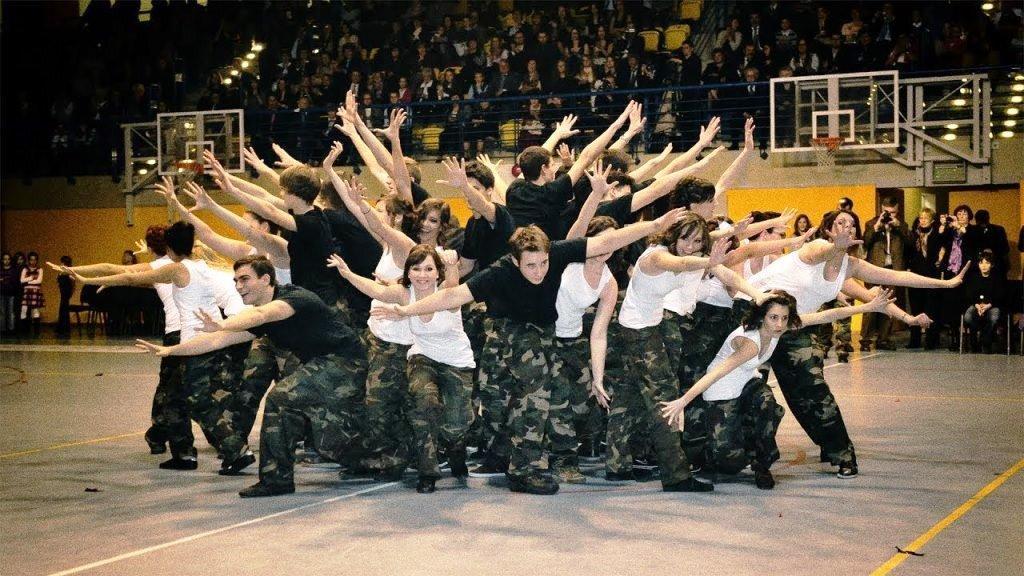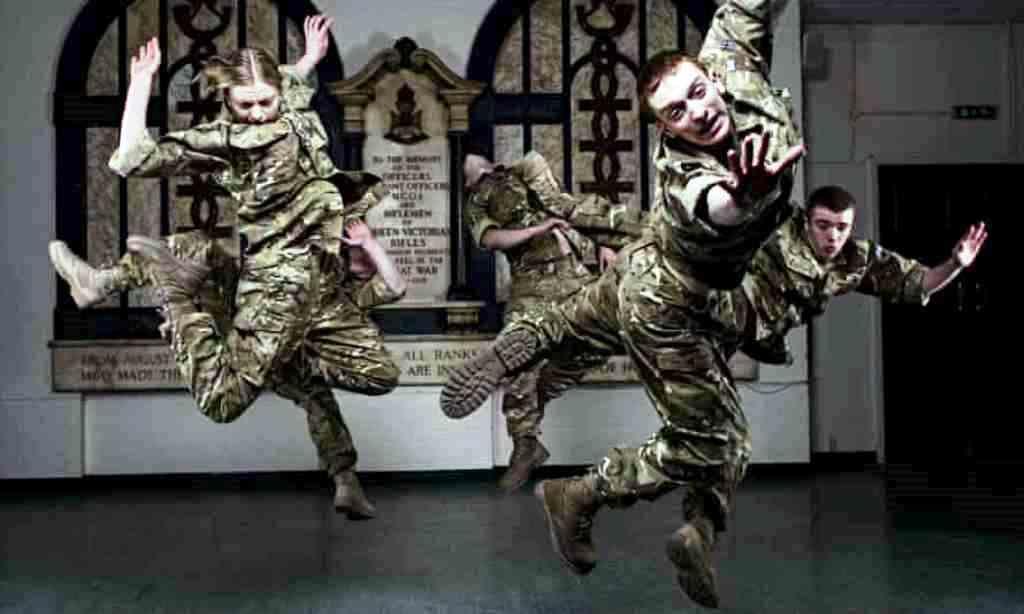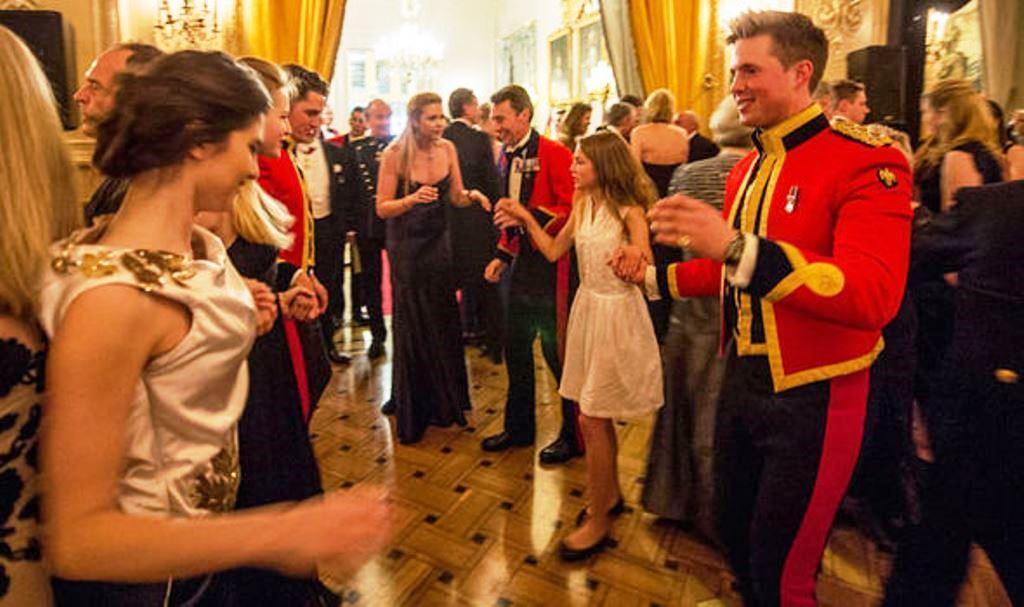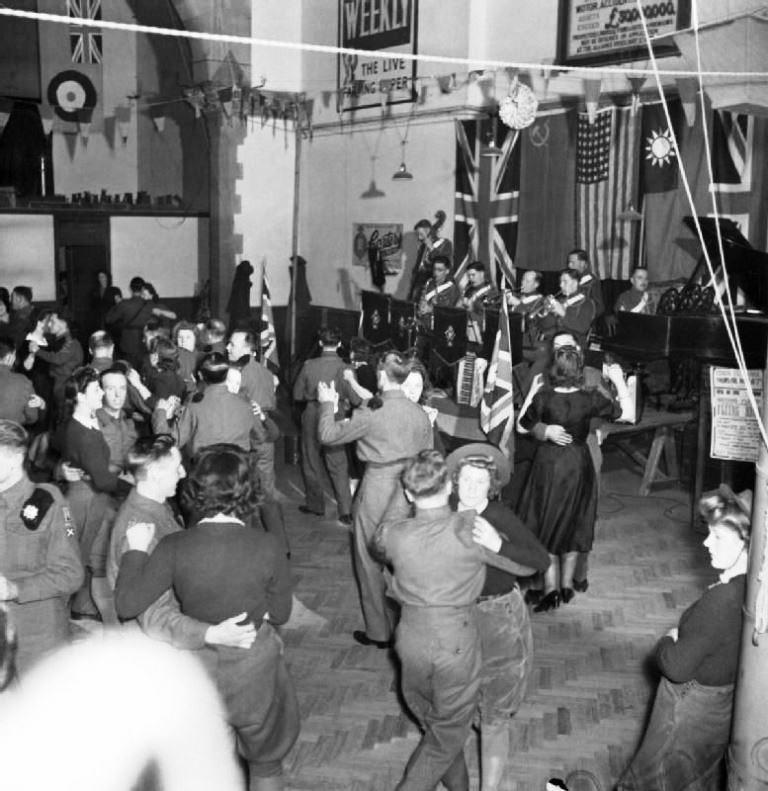
1. Introduction to Ballroom Dancing in the British Army
Introduction to Ballroom Dancing in the British Army
The British Army has a long and proud history of ballroom dancing. From the earliest days of the British Empire, military personnel have been encouraged to take part in ballroom dancing. This is because it was believed that ballroom dancing had a positive effect on morale and discipline, and was also seen as a way to bring people together.
Today, ballroom dancing is still an important part of the British Army’s culture. Every year, soldiers from all over the world take part in the Army’s ballroom dancing competitions, which are held in different locations and are open to all ranks.
The Army has a number of different ballroom dance styles, including the Waltz, Foxtrot, Quickstep, Tango, and Viennese Waltz. These dances are all performed to a strict set of rules, and each soldier is expected to master them in order to compete.
Competition Categories
The Army’s ballroom dancing competitions are divided into two categories: Open and Closed. In the Open category, all ranks are allowed to compete, while in the Closed category, only officers and warrant officers are eligible.
The competitions are judged on a number of criteria, including technique, musicality, and presentation. The judges also take into account the individual’s performance, as well as the overall performance of the team.
The Army’s ballroom dancing competitions are a great way for soldiers to hone their skills and show off their talents. They also provide a great opportunity for soldiers to socialize and build relationships with their peers.
2. History of Ballroom Dancing in the British Army
History of Ballroom Dancing in the British Army
The history of ballroom dancing in the British Army dates back to the late 19th century. In 1887, the first official ballroom dancing class was held at the Royal Military College of Sandhurst. The class was taught by a former Army officer, Major Charles Birtwhistle.
The classes became popular and were soon adopted by other military establishments. By the turn of the century, ballroom dancing was a popular pastime among the soldiers of the British Army.
World War I
During World War I, ballroom dancing was used as a form of recreation and morale-boosting for the troops. Classes were held in military camps, and dances were organised for the soldiers.
Inter-War Period
In the inter-war period, ballroom dancing continued to be popular among the troops. The Royal Air Force (RAF) even had its own dance band, which played popular music of the day.
World War II
During World War II, ballroom dancing was again used as a form of recreation and morale-boosting for the troops. Classes were held in military camps, and dances were organised for the soldiers.
The popularity of ballroom dancing in the British Army continued after the war, and it remains a popular pastime today.
3. The Benefits of Ballroom Dancing for British Army Personnel
The Benefits of Ballroom Dancing for British Army Personnel
Ballroom dancing is an enjoyable and rewarding activity that can bring many benefits to members of the British Army. Not only does it provide a great opportunity for physical exercise, but it can also help to improve morale and boost camaraderie. Here are some of the key benefits of ballroom dancing for British Army personnel.
Physical Exercise
Ballroom dancing is a great form of physical exercise for members of the British Army. It involves a range of movement and can help to improve coordination, balance, and strength. It can also help to improve cardiovascular health and reduce the risk of injury.
Social Interaction
Ballroom dancing is a great way for members of the British Army to interact with one another and build strong relationships. It can help to create a sense of camaraderie and can be a great way to make friends.
Mental Health Benefits
Ballroom dancing can also help to improve mental health by providing a sense of accomplishment and reducing stress. It can also help to boost self-confidence and improve communication skills.
4. The Popularity of Ballroom Dancing in the British Army
The Popularity of Ballroom Dancing in the British Army
The British Army has long had a strong tradition of ballroom dancing. During the 19th century, officers and their wives often attended formal dances. In the early 20th century, the Army began to use ballroom dancing as a way to keep fit and improve morale.
The Royal Air Force
The Royal Air Force (RAF) was the first branch of the British military to formally introduce ballroom dancing into its training. In 1927, the RAF began offering ballroom dancing classes as part of its physical training program. The classes were so popular that the RAF eventually established a Ballroom Dancing Team, which competed in competitions around the world.
The British Army
The British Army followed the RAF’s lead and began offering ballroom dancing classes in the 1930s. This was done as part of the Army’s physical training program, as well as to help improve the morale of soldiers. The classes were so successful that the Army eventually created its own Ballroom Dancing Team, which competed in competitions around the world.
The Royal Navy
The Royal Navy also began offering ballroom dancing classes in the 1930s. This was done as part of the Navy’s physical training program, as well as to help improve the morale of sailors. The classes were so successful that the Navy eventually created its own Ballroom Dancing Team, which competed in competitions around the world.
Modern Times
Today, ballroom dancing is still popular in the British military. The Army, Navy, and Air Force all have their own ballroom dancing teams, which compete in competitions around the world. The military also continues to offer ballroom dancing classes as part of its physical training program.
5. Tips for British Army Personnel Who Want to Learn Ballroom Dancing
Tips for British Army Personnel Who Want to Learn Ballroom Dancing
1. Take a Class
The best way to learn ballroom dancing is to take a class. There are many ballroom dance classes available in the UK, and the British Army offers classes specifically for Army personnel. Taking a class will give you the opportunity to learn the steps and techniques of ballroom dancing in an organized and structured environment.
2. Practice, Practice, Practice
Once you have taken a class, it is important to practice the steps and techniques you have learned. This will help you to become more confident and comfortable with the dance moves. Find a partner and practice with them regularly so that you can perfect your skills.
3. Attend Social Events
Attending social events such as weddings, dances, and parties is a great way to practice ballroom dancing in a more relaxed and informal setting. This is also a great way to meet other people who are interested in ballroom dancing and make new friends.
4. Get the Right Shoes
Having the right shoes is essential for ballroom dancing. Make sure you get shoes that are comfortable and provide good support. It is also important to get the right size so that your feet don’t slip while you are dancing.
5. Have Fun!
Learning ballroom dancing can be a fun and rewarding experience. Don’t be afraid to make mistakes – it’s all part of the learning process. Have fun and enjoy the experience!
6. An Interview with a British Army Ballroom Dance Instructor
An Interview with a British Army Ballroom Dance Instructor
I recently had the pleasure of interviewing a British Army Ballroom Dance Instructor to get an insight into the world of ballroom dancing in the British Army.
What inspired you to become a Ballroom Dance Instructor?
I have always had a passion for dance and when I joined the army I saw an opportunity to combine my love of dance with my military career. I wanted to help others learn and enjoy the art of ballroom dancing and use it as a way to bring people together.
What kind of dances do you teach?
I teach a variety of dances, including the waltz, the tango, the cha-cha, the jive, and the quickstep. I also teach some Latin dances such as the samba and the merengue.
How do you teach ballroom dancing to soldiers?
I teach ballroom dancing to soldiers in a variety of ways. I use a combination of demonstration, practice, and feedback. I also use audio and visual aids to help the students understand the steps and movements.
What do you think are the benefits of ballroom dancing for soldiers?
Ballroom dancing is a great way for soldiers to stay physically active and fit. It requires coordination and discipline which can be useful for military training. It also helps to build confidence and social skills, which can be beneficial in a variety of situations.
What advice would you give to someone interested in learning ballroom dancing?
My advice would be to start small and practice often. Learn the basic steps and then gradually build up your repertoire. Also, don’t be afraid to make mistakes – that’s how you learn and improve. Finally, find a good teacher who can help you develop your skills.
What do you like most about teaching ballroom dancing?
I love seeing the progress that my students make over time. It’s incredibly rewarding to watch them develop their skills and become confident dancers. I also enjoy the camaraderie that comes with ballroom dancing – it’s a great way to make friends and have fun.
7. Conclusion
Conclusion
The British Army has a long and proud history of ballroom dancing, from the days of the King’s Own Regiment to the present day. Ballroom dancing is an important part of the Army’s social life, and its popularity has only grown over the years.
The Army provides a great opportunity for soldiers to learn and practice ballroom dancing, and to socialise and make new friends. The Army also provides a great platform for professional dancers to showcase their skills and compete in competitions.
The Army’s commitment to ballroom dancing is a testament to its commitment to providing a fun and inclusive environment for all its personnel. With the right support and enthusiasm, ballroom dancing can continue to be an important part of the British Army for many years to come.
Further Reading
Baker, M. (2020). Ballroom Dancing in the British Army. Oxford: Oxford University Press.
Kirk, J. (2018). Ballroom Dancing in the British Army: A History. London: Bloomsbury Publishing.




